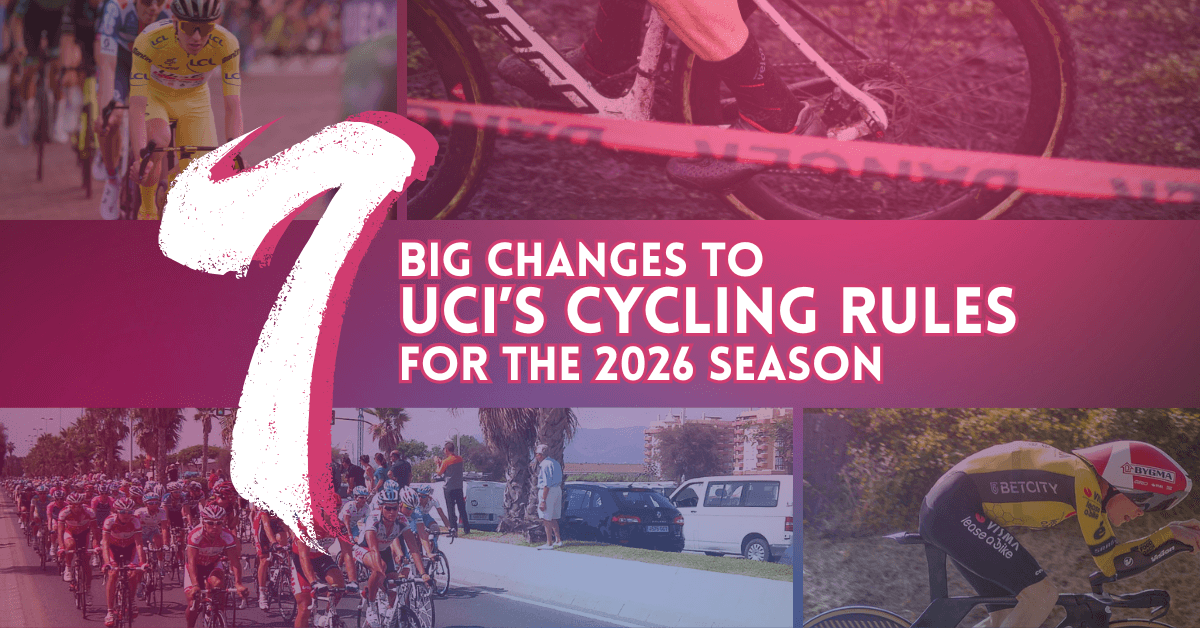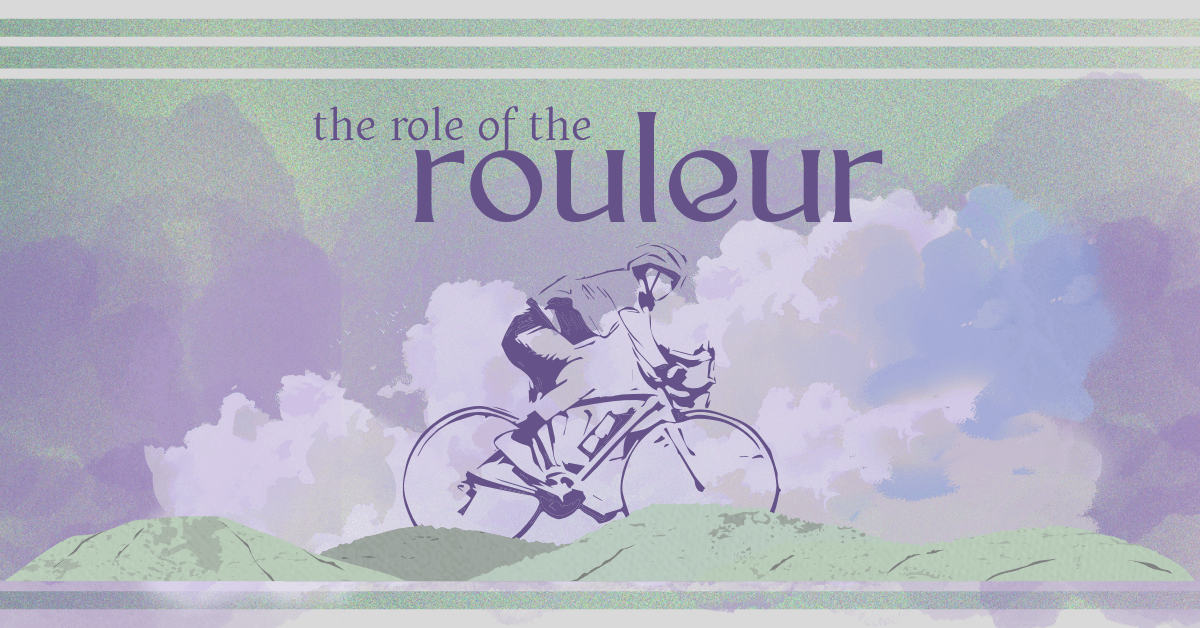The road to victory in Germany’s biggest one-day race is flat, but not simple. Sometimes, there’s more to a race than how the final sprint was won – here’s the story from the very start to when Olav Kooji crosses the line.
Embed from Getty ImagesThe landscape in and around the German city of Hamburg may lack impressive views and stunning nature, but it is perfect for going so fast that there’s no time to take it in anyway. This year, the Bemer Cyclassics once again attracted a strong field of sprinters ready to go head-to-head without the fatigue of this summer’s mountainous Grand Tours in their legs. The line-up with names like Jasper Phillipsen, Jonathan Milan, Arnaud De Lie, Tim Merlier, Biniam Girmay and three-time winner of the race Elia Viviani set up tantalizing expectations of a bunch sprint between the peloton’s fastest men, but the story of the race is more than the matter of who crossed the line first.
Embed from Getty ImagesLet us begin with the course. Practically identical to that of the 2023 edition, this year’s route takes the riders northwest out of the city towards the villages Mönkloh and Bokel, then back south to the Alster river and a circuit that provides three ascents up the Waseberg. Despite the berg in the name translating to mountain, it is best described as a very steep hill that opens up opportunities for puncheurs and tactical moves in the latter half of the race. Beyond that lie the wide roads of the city center where a three-man breakaway group almost made it last year before Mads Pedersen powered through to a very close win.
Having ridden long stretches of the course during the amateur race earlier in the day, I would describe it as a route that shows off Hamburg from many angles – luxury shopping areas behind temporary barriers, the bumpy asphalt on the outskirts where roads will suddenly narrow, the tree-lined roads with their merciful shade and at last the colorful Reeperbahn, a street that has long been synonymous with the city’s nightlife. To suddenly see neon signs instead of the peaceful view of the Alster creates a feeling that here, the unexpected might be just around the corner.
Embed from Getty ImagesThe first unexpected event is the delayed start and shortening of the route by 21 kilometers due to an accident late in the amateur race. After this comes multiple attacks until at last Cavagna, Mørkøv, van der Hoorn, Vendrame and Monk manage to get away from the pack, establishing a gap of a few minutes. But where I watch by the finish line in the city center, the crowd cares little for any of these men: Eritrean flags are waving above the barriers, and the mere appearance of an Intermarché-Wanty jersey on the screen above triggers clapping and chants of “Bini!”
Bini-spotting is as good a game to play as any while the breakaway keeps going and their time-gap goes slowly, but surely down. It takes a while before the next event of the day comes at 75 kilometers to the finish when a crash in the tail end of the peloton creates a tangled pile of mostly Tudor Pro Cycling bikes. Though everyone gets up, it’s later found out that Tim van Dijke has suffered a hand fracture that will bring his season to an early end. For the teams in the front, though, the tempo stays high. Two Tudor riders are left behind, but when they make their first pass of the finish almost twenty minutes after the main group, the crowd cheers them on just as strongly as the stars, if not even more.
Eventually, the breakaway climbs the Waseberg for the first time with 64 kilometers to go. Their 3-minute gap is too little considering the forces at play in the peloton, and little past the 24 kilometers to the finish, Mørkøv can let himself fall back into the pack knowing that he has secured the most sprint points in the intermediaries. This development is no big surprise, but on the second Waseberg ascent, the Spanish champion Alex Aranburu delivers another element of unexpected tension.
The peloton rides the hill at a speed dictated by the needs of the sprinters. Most stay seated and shoulders sway in time. There are no sudden moves until Aranburu spots a path and works his way out from the middle of the pack, ekes his way past the front – and accelerates. The only one who responds is Christen Fabio from Q36.5 who gives chase down the boulevard to briefly make this surprise second breakaway a two-person affair. Aranburu does not slow down for him. They descend together through the forest, then come apart on the final climb up the Waseberg when Aranburu still has power to make another attack with 16 kilometers to go.
There is a window of time where we can believe Aranburu makes it. When the peloton comes over the hill behind him, it is stretched out and the teams are split apart. Aranburu puts his head down and pedals. Groupama-FDJ are sending Rudy Molard out to attack, and he cannot close the distance, but behind him – blurry in the footage – it is possible to make out how the other teams begin to work together at the front of the group. Despite roadwork and bad asphalt, the pace quickens. Despite a strong effort, Aranburu is caught as well. Dejected, he glides to the side of the road.
And now begins the fight for positions. At the 3-kilometer mark, Phillipsen is nowhere to be seen. One kilometer later, a sharp turn and one of the many traffic islands splits the group apart, allowing Milan to find his path to the front. Phillipsen finally moves forward on the long curve leading towards the finishing straight, but it’s too little, too late. Kooji, though separated from his lead-out Christophe Laporte, has managed to navigate the chaos and secure himself a good spot for the sprint. It is this positioning that lets him cross the finish first even though Milan shows himself to be the faster of the two in terms of absolute speed.
Girmay makes it into third, and next to me in the crowd, a five- or six-year old girl is being held up by her dad sounds like she can’t believe her eyes when he rides past – “Oh mein Gott, Bini!”
Afterwards, there is a trophy, flowers, and an oversized glass of beer for each man on the podium – Girmay throws the bouquet towards the spectators shouting his name so loudly that the Belgian national anthem cannot be heard. Kooji looks somewhere between serious and cross about it, contrasting with a more cheery Milan, who is the only one to take the prize-beer with him after the ceremony. Mørkøv and Aranburu receive their honors for their sprint and KOM points respectively, and they also deserve our gratitude for playing their part in an exciting race. Seeing Mørkøv smile as he rides away is a special sight in light of his imminent retirement.
As the dust settles over the Bemer Cyclassics 2024, we have found a winner in Olav Kooji, but it was a race worth watching for its ensemble cast.
Embed from Getty ImagesRead more: Did you enjoy this story? Find more like this with in-depth tactical analysis and race reports in our Perspective category!










Leave a Reply